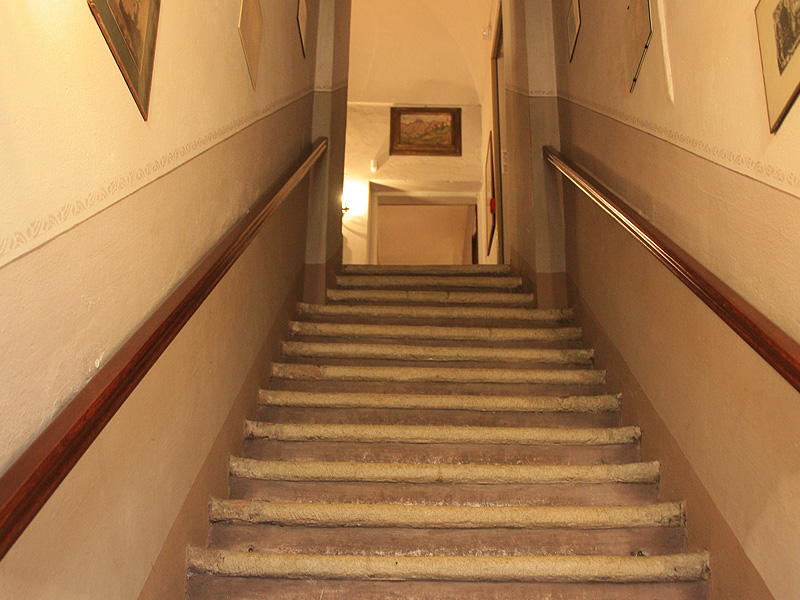
First floor: The Pontificate
Introduction
On the first floor of the house, the mission of Giovanni Battista Montini as Archbishop of Milan (1954-1963) and as Pontiff (1963-1978) is summarized in various panels.
After thirty years (since October 24, 1924) in the Secretariat of State, on November 1, 1954, Montini unexpectedly received the appointment as Archbishop of Milan. He made his entrance on January 6, 1955, during a very challenging historical period marked by economic problems of reconstruction, immigration from the South, and the spread of atheism and Marxism within the labor world.
At the helm of the Ambrosian Church, he deeply committed himself on the pastoral level, paying special attention to labor issues, immigration, and the suburbs. He promoted the construction of over a hundred new churches. From November 5 to 24, 1957, he held an extensive “Mission for Milan”. As the first cardinal to receive the red hat from John XXIII on December 15, 1958, he participated (and from 1963 as Pontiff) in the Second Vatican Council, openly supporting the reformist line.
After Pope Roncalli’s death on June 21, 1963, Montini was elected Pontiff and chose the name Paul, clearly referencing the evangelizing apostle. In the early acts of his pontificate, he wanted to emphasize continuity with his predecessor, particularly with the decision to resume the Vatican II, which reopened on September 29, 1963.
He led the conciliar works with careful mediation, fostering and moderating the reformist majority until its conclusion on December 8, 1965, preceded by the mutual revocation of excommunications dating back to 1054 between the Catholic Rome and the Orthodox Constantinople.
